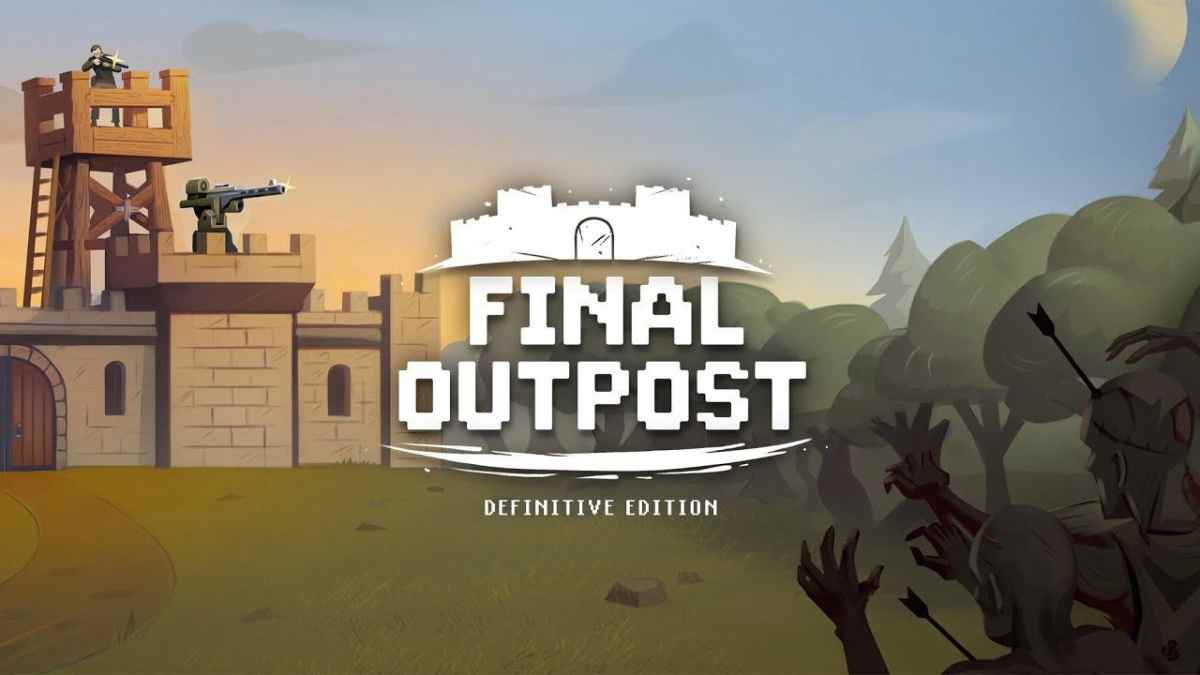Final Outpost always leaned into the harsh side of survival, but the new Definitive Edition doesn’t pull any punches. It expands on the core concept of running a last-hope settlement in a ruined world, pushing the resource management and moral tension further without bloating the design.
This is still a mobile game that thrives on scarcity and micro-decisions, but with more structure under the surface. The updates don’t change the tone — they just make it hit harder.
Core gameplay tightens the survival loop
At its core, Final Outpost is about keeping a fragile colony alive. You build structures, assign workers, defend against threats, and try to keep your population from unraveling. It plays like a stripped-back city builder with real stakes, where every choice drains something from somewhere else.
The Definitive Edition adds new layers to the formula. More building types are now available, including advanced crafting and storage systems. Worker management is more granular, with better tools for tracking how tasks impact survival. This doesn’t make the game easier, but it does make failures feel more earned.
Visual polish stays subtle and functional
The graphical update is modest, but meaningful. Menus are sharper, animations are smoother, and UI scaling works better across screen sizes. It’s still a game built around simplicity — don’t expect elaborate art — but the tweaks make it more legible during high-pressure moments.
What stands out more is how the atmosphere has been dialed in. The color palette is colder, the sound design more focused on tension than immersion. It supports the mood without trying to oversell it.
Progression and replay shift toward endurance
With the added mechanics comes a longer, more punishing difficulty curve. The early game now demands better planning, while the mid-game introduces cascading effects tied to population health and morale.
There’s also a stronger focus on long-term planning. Instead of just surviving the next wave or gathering the next batch of food, players have to think about infrastructure — what happens in ten days if you neglect medicine, or overwork your blacksmiths.
While there’s no campaign or story mode, the sandbox approach has more depth now. Each run feels like a slow-burn test of resilience rather than a quick resource puzzle.
Mobile-friendly but not casual
This is still a mobile game in structure — built for short sessions, touch-optimized, and easy to pause. But Final Outpost: Definitive Edition doesn’t chase idle mechanics or grind loops. It respects the format without compromising tone.
The design choices feel intentional. It’s not bloated with monetization or cosmetic fluff. You get a lean survival system and the space to break it, learn from it, and start again. That’s the loop.
For players who appreciate tension in their strategy games and don’t mind when the math starts to bite back, Final Outpost just became more interesting. It doesn’t change what the game is, but it sharpens every edge.
Mobile Game Addict & Casual Gaming Critic
She’s played more mobile games than most people have downloaded. TAPTAPTAP is fast, fierce, and funny — reviewing the latest hypercasual hits, idle clickers, and gacha grinds with real talk and zero fluff.




